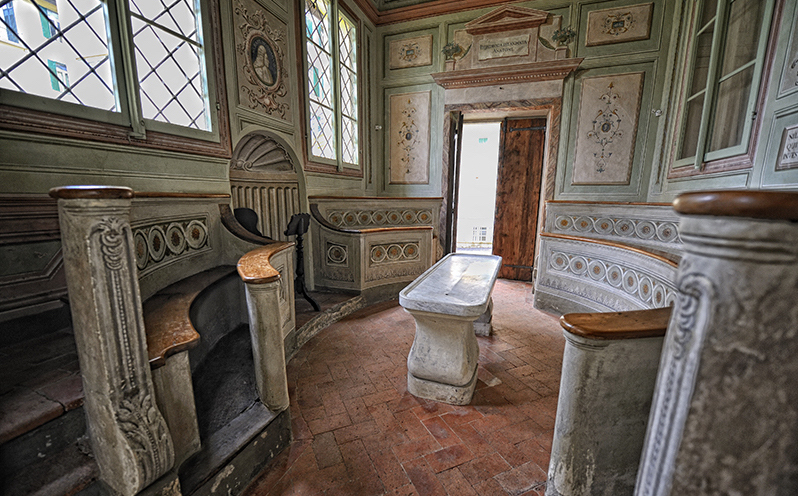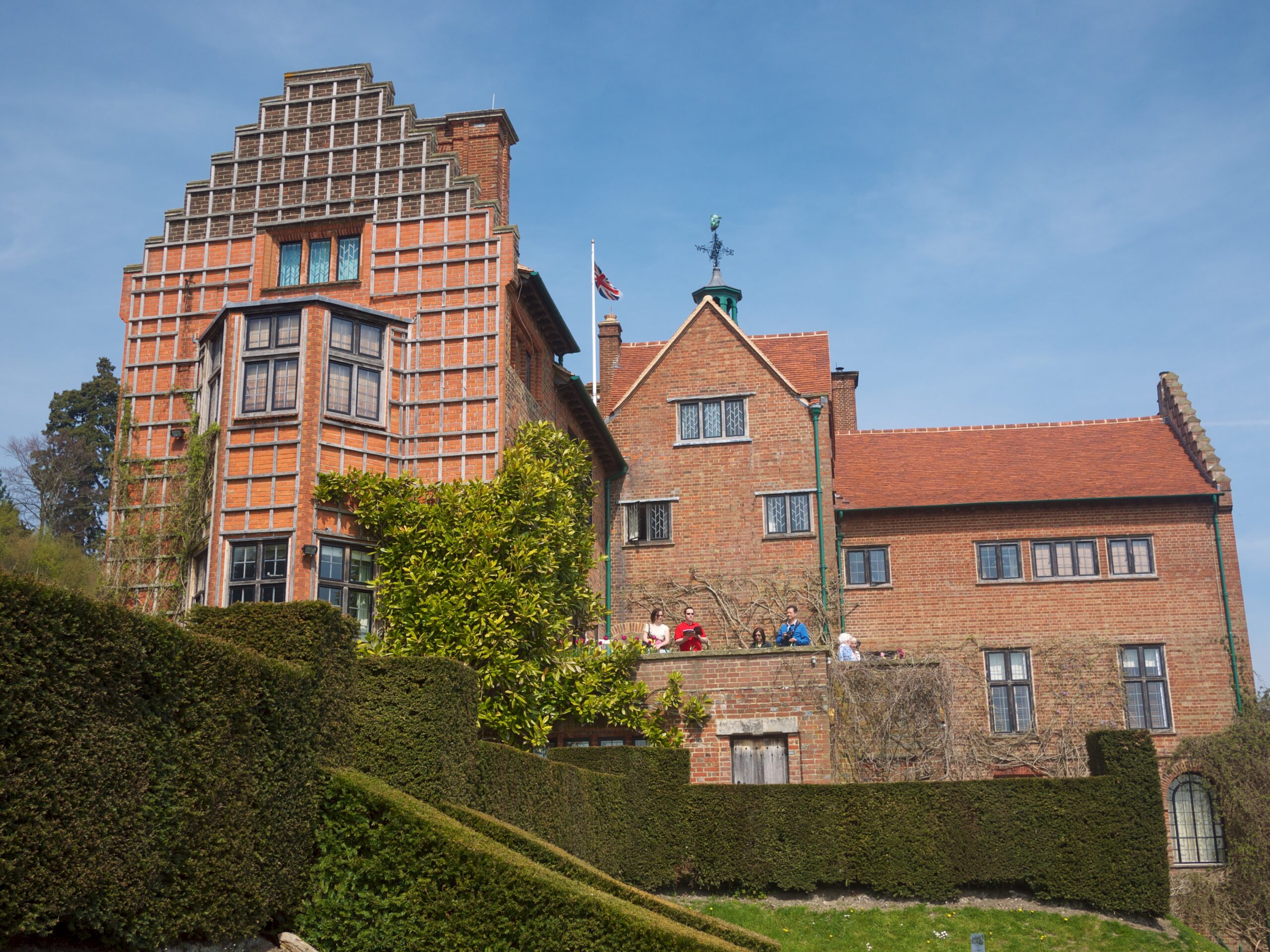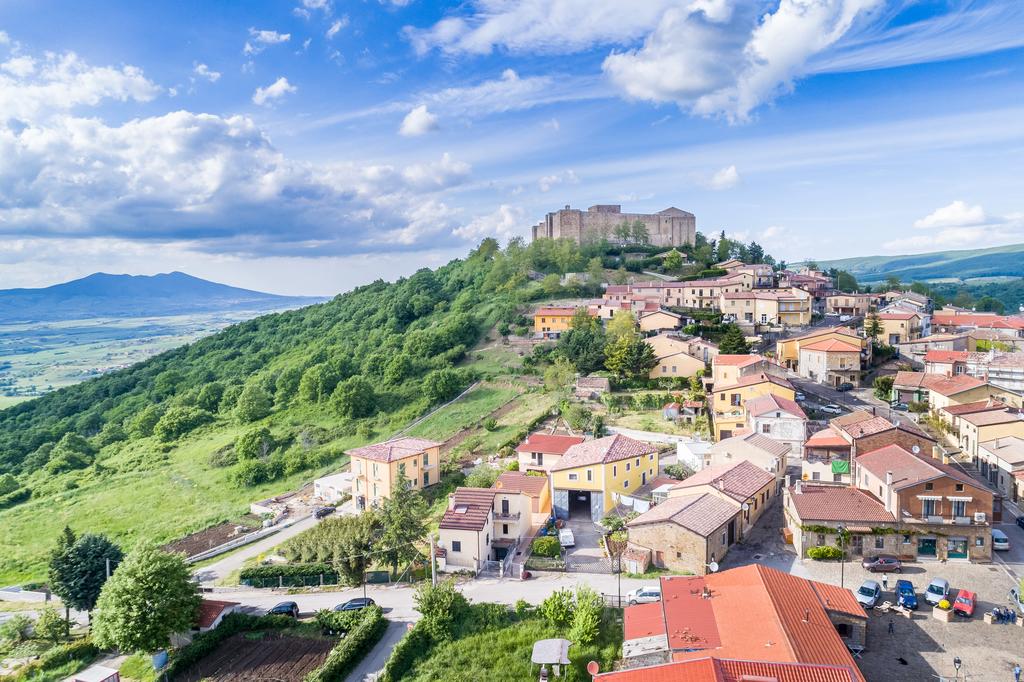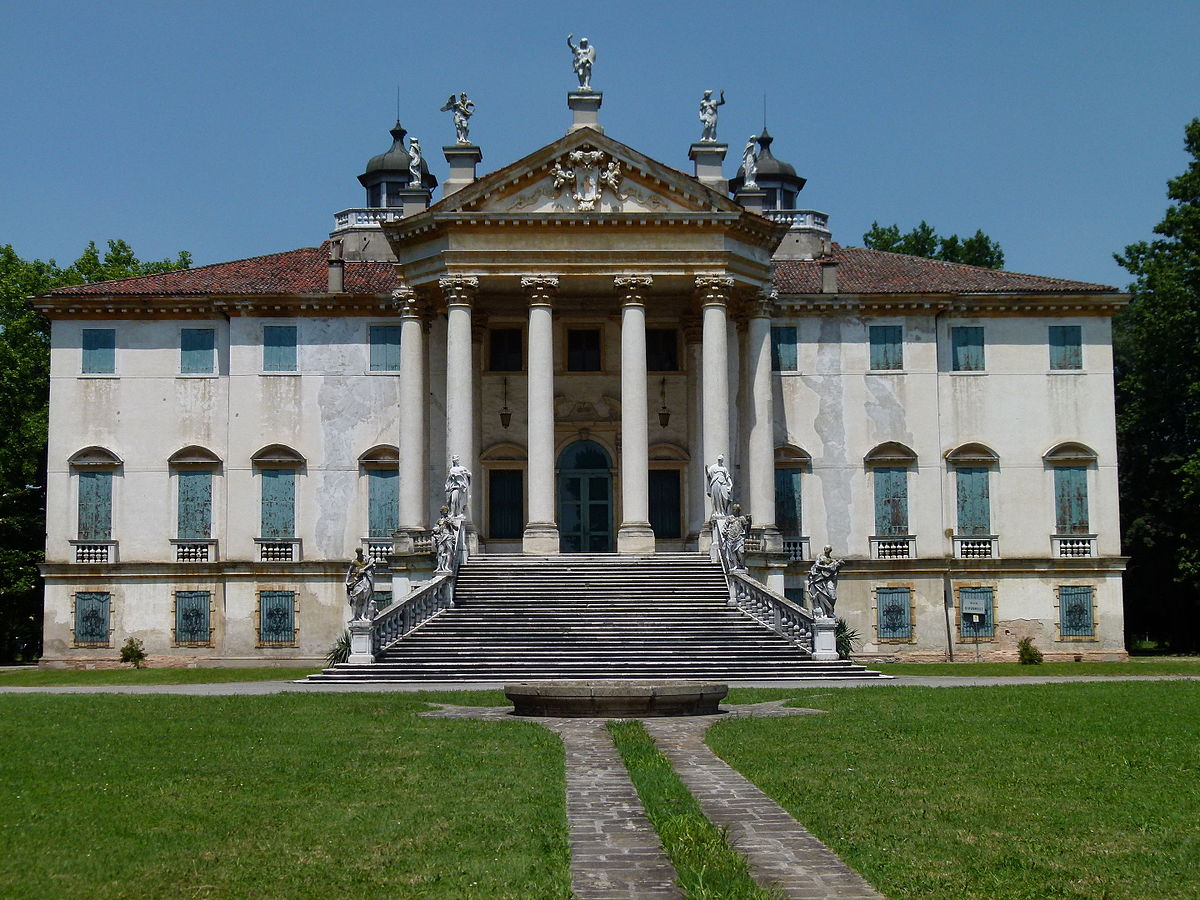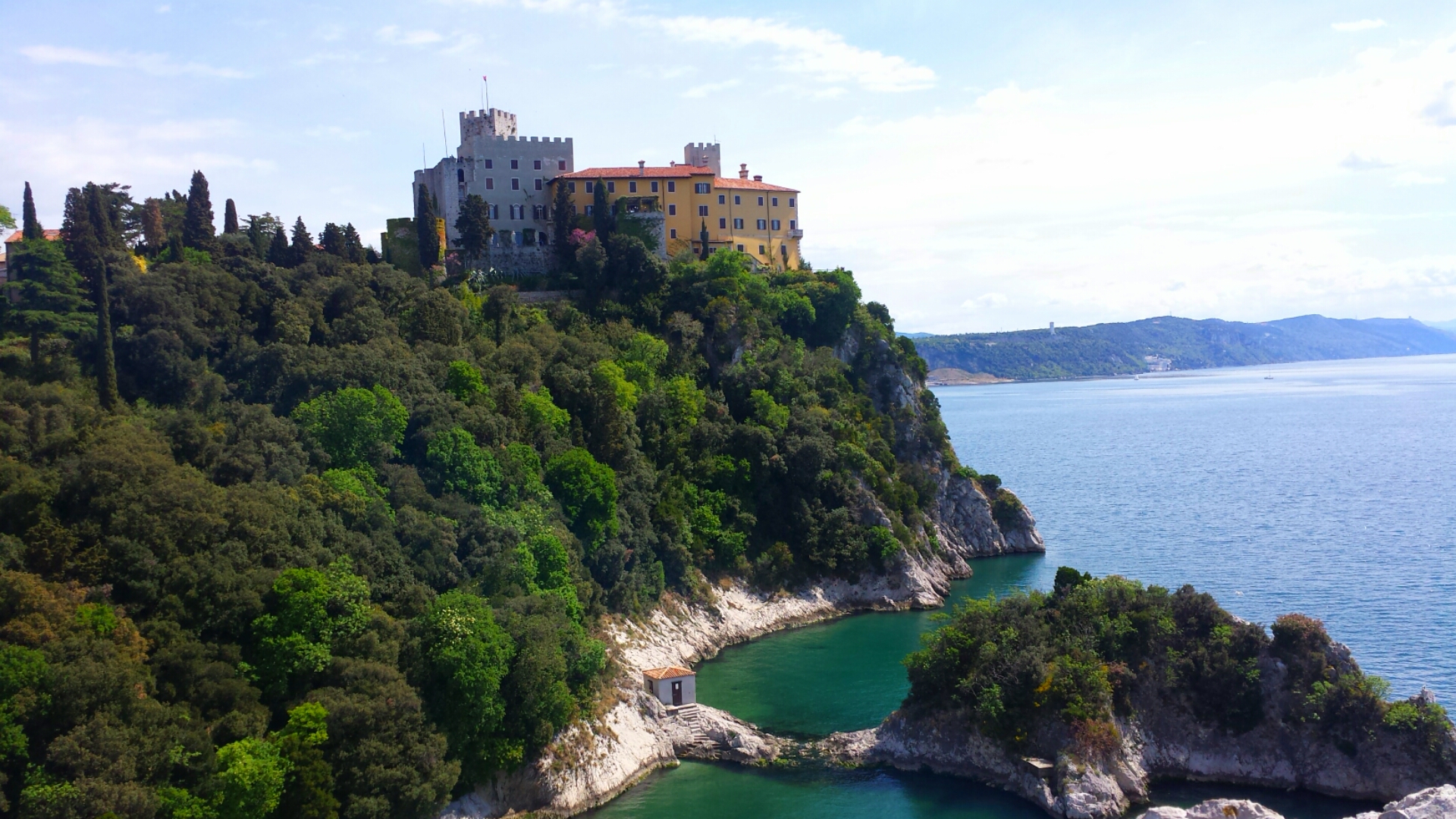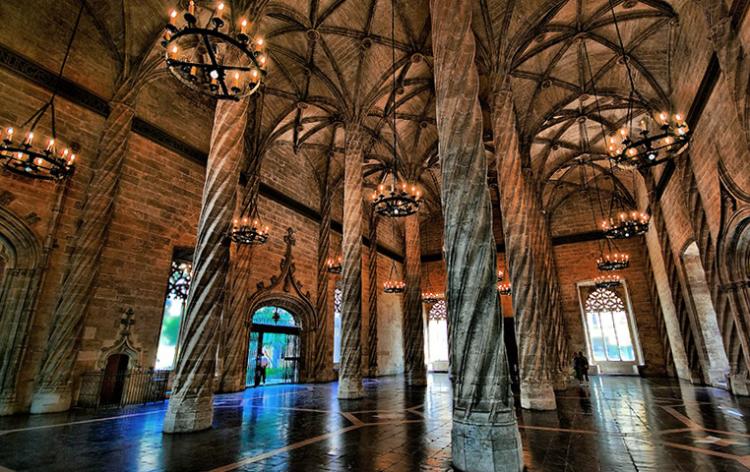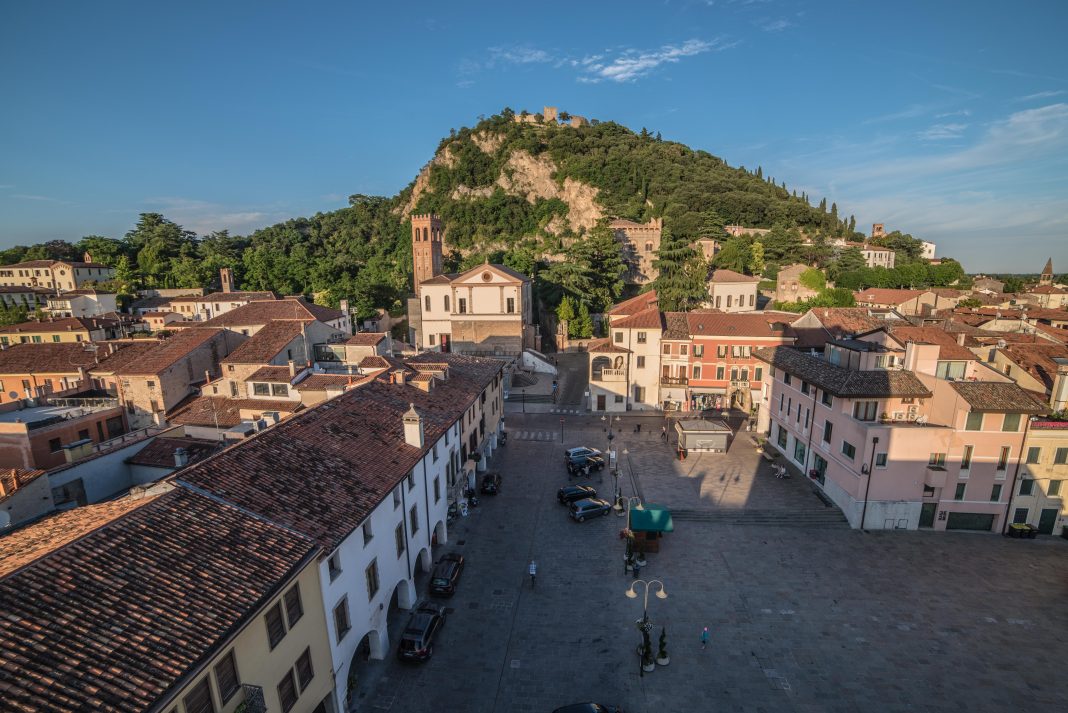According to legend, the name derives from a stump that miraculously bloomed during the winter, which according to the indications given by an apparition of the Madonna, would have shown the place where to found the hospital to the pious husband and wife Antimo and Bendinella. Alternatively, it was thought to derive the name from the "strain" of hollow chestnut used for the collection of offerings.
The Ospedale del Ceppo became the main hospital of the city during the black plague epidemic that struck Pistoia in 1348, and thanks to the various legacies that the patients donated with their wills to the hospital, at the end of the epidemic there was a vast real estate patrimony, and they began to expand this hospital, starting to build it literally above the Brana river that flowed underneath, creating a kind of gallery with a bell-shaped ceiling, which acted as a "basement" for the hospital itself.
These tunnels can now be seen thanks to Pistoia Sotterranea, which will accompany you, together with an expert guide, along this route that winds for about 650 meters under the hospital.
Really interesting to visit inside the Hospital, however, are the historical rooms of the Hospital that testify to the great medical tradition of the city: the smallest Anatomical Amphitheater in the world, perfectly preserved. It was used as a room of learning, in which the doctor professor, vivisectionava cadavers, in front of students sitting in the appropriate circular benches. It is considered the smallest, because there are only 10 seats.
You can also visit the Hall of the Medical Academy "Filippo Pacini" in which is preserved a remarkable collection of surgical instruments of the eighteenth and nineteenth centuries.
